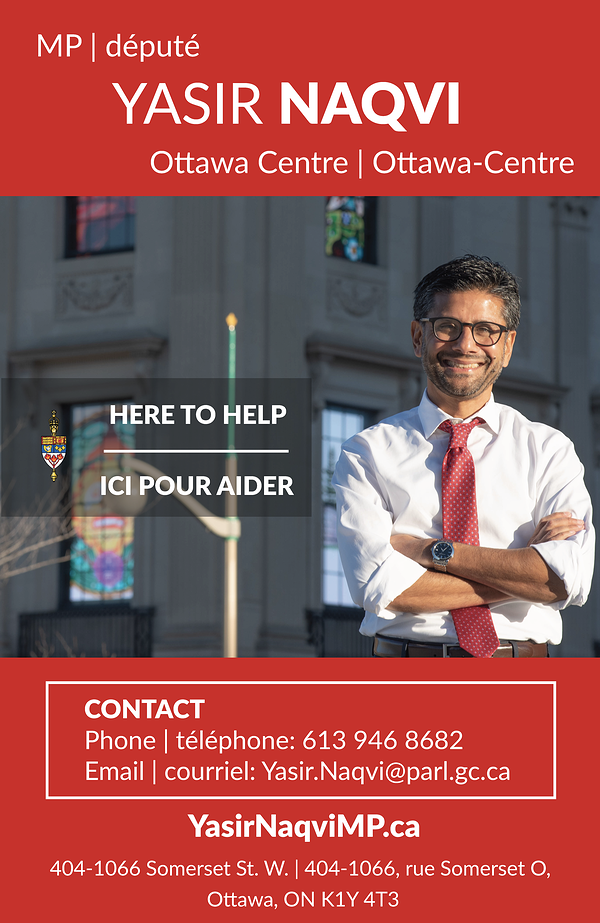![The entire proposed Rochester Heights Phase 2 development. Building B (PAL Ottawa) is at the rear centre. The expanded Piazza Dante Park is at the front centre. [From City of Ottawa Development Applications. Prepared by Hobin Architecture / Fotenn Planning + Design.]](https://centretownbuzz.ca/wp-content/uploads/2022/01/Fotenn-818_Gladstone-000.png)
Alayne McGregor
If you’re a writer, an actor, a musician, or a painter, your income can be low and uncertain. Meeting your rent each month can be difficult, especially in Ottawa’s expensive market.
PAL Ottawa, a local arts worker group, has teamed up with Ottawa Community Housing (OCH) to help older arts workers by creating affordable housing for them in a new OCH development in West Centretown.
In the Rochester Heights Phase 2 complex, Building B (83 units) will be block-leased to PAL Ottawa.
The group’s chair, Peter Haworth, said they had opened up a waiting list for the units; already about 100 people have signed up for the building’s bachelor to four-bedroom apartments.
Haworth said these apartments would be open to arts workers – including creative artists, technicians, and administrators – who are 55+ and have at least 15 years’ experience in their field. Some may be retired, but others would still be working. “It’s a place for healthy people to live and be productive.
“Our aim is to provide more affordable housing for people whose income after the age of 55 drops [on average] to $17,000 or $18,000 a year in Canada.”
— Advertisement —
— Advertisement —
Haworth said his income as an actor peaked in his early 30s, the age for which most lead roles are written. “As you get older, you have supporting roles. How many grandfathers and grandmothers are there to play, or the senior lawyer at the firm, or the person on their deathbed? And so these parts start diminishing.
“Visual artists, of course, [exist] very much hand-to- mouth. Some are hugely successful, but others, you just don’t know what the future holds. And suddenly you have no idea how you’re going to pay rent for the next two months.”
The AFC, which provides emergency funding to entertainment professionals, spends 50 percent of its grants on helping people with their rent, he said.
“Rent is always the monthly calamity around the corner. This is what we hope to relieve people of.”
The best-known artists may be making millions, he said, “but the art that you encounter in the city that enlivens your life as you walk by it, or hear it, or see a performance, is not made by people who are that wealthy.”
The first criteria for choosing residents will be “first come, first served,” he said, but that will be complicated by the need for different types of apartments and different levels of affordability.
Renting the entire building gives the group more flexibility in supporting low-income tenants, he said. Within their cost structure, they hope to have 40 percent of the units affordable.
“The exact formula of this is yet to be worked out. We are going step by step with OCH to determine if this fits all the prerequisites they have with the CMHC and the city. Our hope is that there will be different levels of affordability, and, in the future as we get established, there could be more offered.
“But the first thing is to create a healthy, workable formula that allows PAL to exist. And then we’ll see what we can do about increasing that.”
He pointed out that neither OCH nor PAL Ottawa is looking to make a profit. “So right away, these rents are in a different bracket than you’d find if you went to a new development. And we have that saving for people, people who may be trapped in increasingly rundown apartments that they don’t care to leave because once they step out into the market, they’ll discover that the prices have gone up so much that they can’t [afford them].”
PAL Ottawa will also raise funds to provide more affordable units, he said.
The tenants will also be offered PAL Ottawa’s “Supporting Cast” program, in which volunteers help with transportation to medical appointments, grocery shopping, and applying to support programs like the AFC.
“Artists tend to be very, very independent minded, very, very self-sufficient, going through all kinds of crises on a monthly basis with finances etc.. They tend to think they can deal with anything. And so we’re always trying to say you could use a hand. Many times the artist has been in the car and said, ‘I’m so glad to be with another artist so I can talk to them.’ ”
The group, which has almost 100 members, had been working for years to find a suitable partner for this housing project, Haworth said. It signed a memorandum of understanding with OCH in 2018. The agreement has an expiry date, but he said the expectation is that it would just be renewed.
On the building’s ground floor will be a multi-purpose room, a creative space controlled by the residents.
It could host public presentations and exhibitions of their work, and offer space for community workshops and summer programs for children, Haworth said. “But we keep it vague because we’ve learned from other [PAL] councils that creating too many decisions in the early days may mean that that’s not what the residents want.”
This will benefit the entire Rochester Heights development because the arts will flow out into the area, he said.
“Developers are recognizing more and more how arts enliven the neighbourhood and make it a beautiful place for people to live. And so they see that value.”

